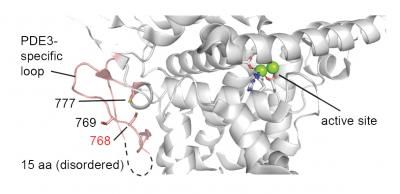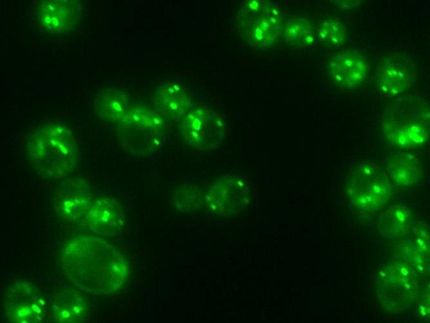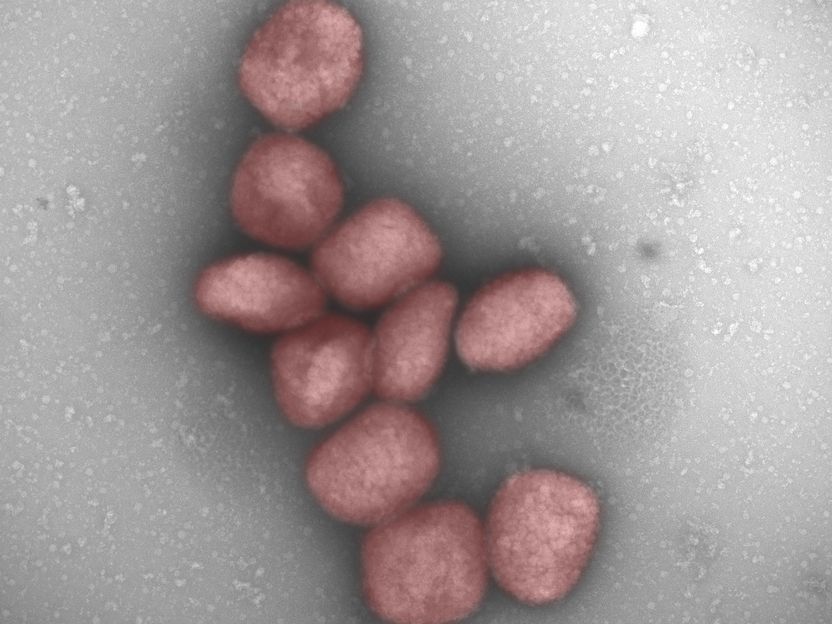A control knob for fat?
A protein that makes other proteins also regulates fat levels in worms, and may do so in humans
Like a smart sensor that adjusts the lighting in each room and a home's overall temperature, a protein that governs the making of other proteins in the cell also appears capable of controlling fat levels in the body. The finding, which appeared in Cell Reports on Dec. 11, applies to the Maf1 protein in worms.
A version of the protein, which exists in humans, also regulates protein production in the cell, raising the possibility that it too may control fat storage. A protein with such a function would offer a new target for pharmaceuticals to regulate fat, said Sean Curran, assistant professor at the USC Davis School of Gerontology and the study's corresponding author.
"We've known about Maf1 for over a decade, but so far people have only studied it in single cells, where it is known to regulate protein synthesis," Curran said. "No one really looked at its effect on the whole organism before."
It turns out that Maf1 plays a much more significant role in a whole animal: altering how the animal stores fat.
Curran and his colleagues tweaked the amount of Maf1 in C. elegans, a transparent worm often used as a model organism by biologists.
The team found that adding in a single extra copy of gene that expresses Maf1 decreased stored lipids by 34 percent, while reducing Maf1 levels increased stored lipids by 94 percent.
As expected from previous research, increased Maf1 lowered protein synthetic capacity while reduced Maf1 raised it.
Curran collaborated with USC graduate student Akshat Khanna and Deborah Johnson, formerly of the Keck School of Medicine of USC and now dean of the Graduate School of Biomedical Sciences at the Baylor College of Medicine.
"It's really exciting to find a completely new role for such a well-studied molecule," Khanna said.
Johnson published a related paper, released on the same day in PLoS Genetics, showing that Maf1 changes lipid metabolism in cancer cells, raising the possibility that it could be used in tumor cell suppression.
Next, Curran and his colleagues plan to explore whether the results hold true for mice and if so, plan to see whether they also do for humans.
Most read news
Other news from the department science

Get the life science industry in your inbox
By submitting this form you agree that LUMITOS AG will send you the newsletter(s) selected above by email. Your data will not be passed on to third parties. Your data will be stored and processed in accordance with our data protection regulations. LUMITOS may contact you by email for the purpose of advertising or market and opinion surveys. You can revoke your consent at any time without giving reasons to LUMITOS AG, Ernst-Augustin-Str. 2, 12489 Berlin, Germany or by e-mail at revoke@lumitos.com with effect for the future. In addition, each email contains a link to unsubscribe from the corresponding newsletter.




















































